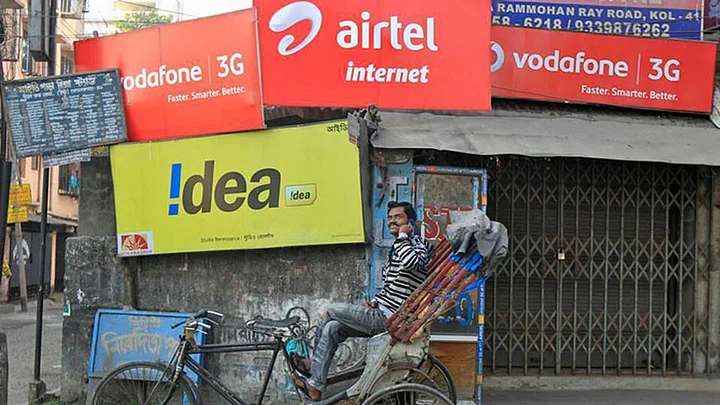Okay, so you’re increasingly having to deal with call drops. The solution ought to be a simple one – get more cell phone towers installed – but you don’t want cancer either. What do you do?
A survey by the Telecom Regulators Authority of India (TRAI) has found that India has one of the worst call-drop ratios in the world at about 12%. That’s four times the globally acceptable limit of 3%.
Why This Towering Crisis
India has less than half a million (4.25 lakh) cell phone towers to service roughly 900 million phone users. In contrast, China has 1.3 million towers for its billion-plus subscribers. Not surprisingly, the Tower and Infrastructure Providers Association (TIPA) says India needs at least 2 lakh more towers.
To add to the crisis, the fear of deadly radiation has resulted in stiff opposition by activists, which has in turn led to 10,000 towers being sealed and another 12,000 deemed unfit for operations. Telecom companies are reluctant to ‘share’ towers because of the nature of financial investments.
This has created ‘dead zones’ resulting in the call drop menace.
While giving mobile telephone services the status of essential services in 2013, the government also asked state governments and local bodies to provide a single window clearance for setting up of towers. But these local bodies are reluctant to grant permission to put towers up in dense residential areas, often posing hurdles.
Has TRAI Tried Hard Enough?
The Telecom Regulatory Authority of India (TRAI) monitors and regulates the quality of networks, the power of signals from towers, and radiation levels.
But while TRAI monitors quality, it cannot control it. Telcom companies are not accountable to TRAI for service quality. Neither are they answerable for consumer issues. TRAI cannot check on whether adequate investment is being made to expand network capacity.
The Big Blame Game
While the Department of Telecom has firmly placed the onus to deal with call drops on telecom firms, operators blame the government for shortages in spectrum, exorbitant auctions and fewer number of towers.
Sources in the telecom industry have told The Quint that earlier, operators used to increase signal strength beyond the TRAI’s permissible limits to increase coverage area, but that is not the case any more, primarily because of the strong anti-radiation lobby.
Do Companies Benefit From Call-Drops?
They might. But it depends on your tariff plan. If your plan measures call rates in seconds then no matter how many times you have call drops, billing will resume at the same rate. But if your calls rates are measured in minutes, or if the plan contains a certain fixed free-calls feature, then each call drop will hurt your pocket.
The Health Hazard
Telecom companies vehemently deny the negative health impact of mobile towers. But an independent study done by IIT-Bombay in 2012 found that people living within 10 metres of cellphone towers receive 10,000 -1 crore times more radiation than required for mobile signal strength. This is equivalent to putting yourself inside a microwave for 19 minutes! Crazy, right?
And it is not just humans who get affected by radiation. As a part of the same study, the IIT-Bombay team visited farmhouses in Gurgaon. In one particular case, a lemon tree farmer said that the the yield of lemons has reduced by 1/50th in the last two years after cell phone towers mushroomed in the vicinity. Lemons are made up of 85% liquid, so high levels of radiation boil and shrivel the juice.
We want connectivity but no towers, so what should be done?
Experts say the solution is to have more towers with lesser radiation. Towers should primarily be installed on roads where your radiation exposure will be minimal, and if at all they have to be placed in residential areas, they should be mounted at least three meters above the terrace of your building.
(At The Quint, we question everything. Play an active role in shaping our journalism by becoming a member today.)
